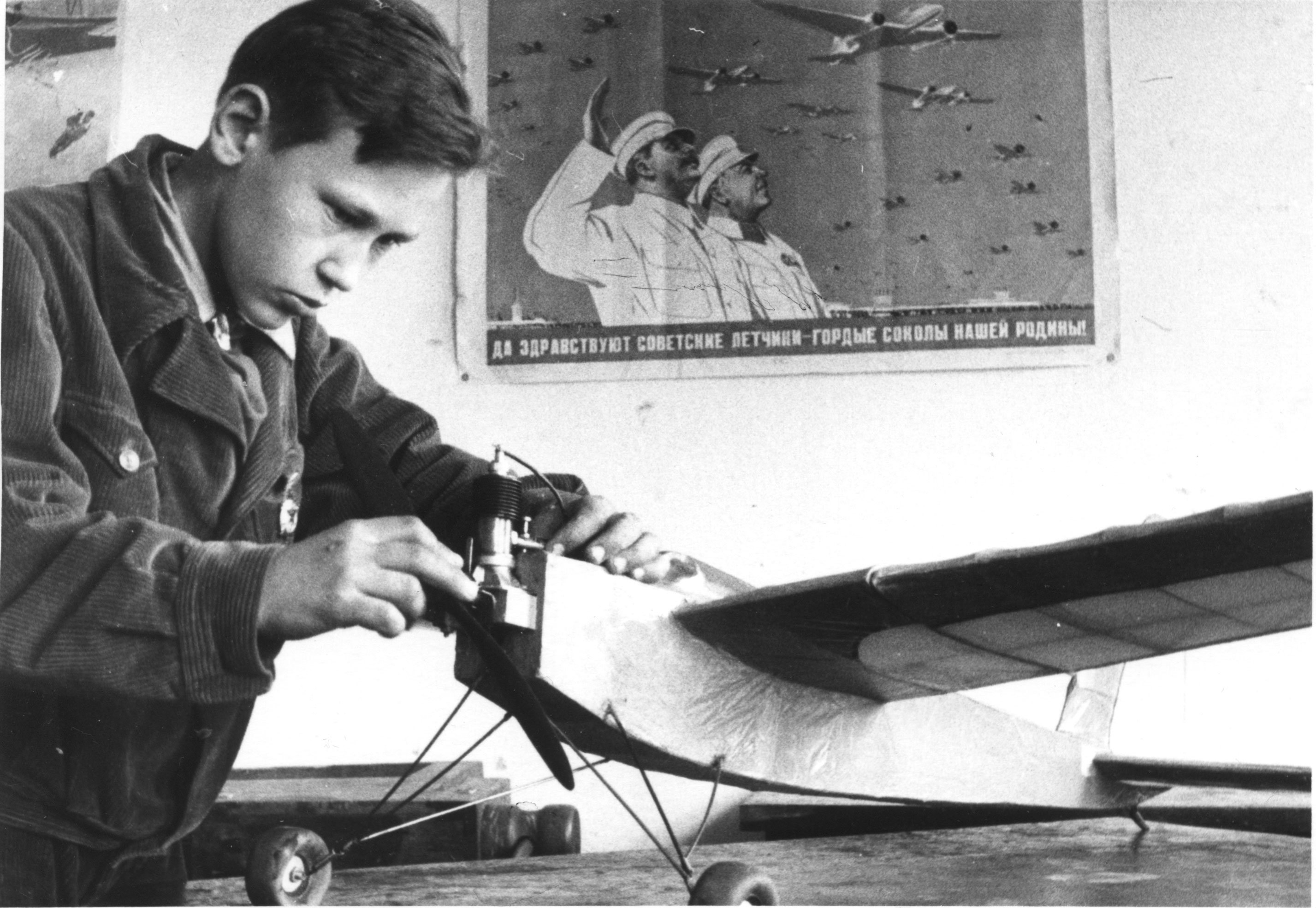Andrei Platonov, Fabrika literatury (Moscow: Vremia, 2011), 136.
Karl Marx, Capital, vol. 1, chap. 7, republished in The Marx-Engels Reader, ed. Robert C. Tucker, 2nd ed. (New York: W. W. Norton, 1978), 344.
N. I. Bukharin, “Sotstialisticheskaia rekonstruktsiia i bor’ba za tekhniku. O technicheskoi propagande i ee organizatsii,” in Problemy teorii i praktiki sotsializma (Moscow: Politizdat, 1989), 312. Further references to this edition are given parenthetically in the text. Cf. also: N. Bukharin, “V TsK VKP(b). Dokladnaia zapiska o tekhnicheskoi propagande i ee organizatsii,” Pravda 8 (August 1931): 2.
Cf. Robert Bird, “The Poetics of Peat in Soviet Literary and Visual Culture,” Slavic Review 70, no. 3 (Fall 2011): 591–614.
Stalin i Kaganovich: Perepiska, 1931–36 (Moscow: ROSSPEN, 2001), 72; The Stalin-Kaganovich Correspondence, 1931–36, eds. R. W. Davies et al. (New Haven: Yale University Press, 2003), 69.
Stalin i Kaganovich: Perepiska, 75; The Stalin-Kaganovich Correspondence, 42.
Daniel Tiffany, Toy Medium: Materialism and Modern Lyric (Berkeley: University of California Press, 2000), 3.
Marx-Engels Reader, ed. Tucker, 344–45.
Lev Vygotskii, “Soznanie kak problema psikhologii povedeniia,” in Psikhologiia i marksizm: Sbornik statei sotrudnikov Moskovskogo gosudarstvennogo institute eksperimental’noi psikhologii, ed. K. N. Kornilov (Leningrad: Gosudarstvennoe izdatel’stvo, 1925), 183.
Ibid., 181.
N. F. Chuzhak, “Pod znakom zhiznestroeniia (Opyt osoznaniia iskusstva dnia),” LEF 1 (1923): 35.
N. F. Chuzhak, “K zadacham dnia (stat’ia diskussionnaia),” LEF 2 (1923): 146.
D. Greitser and V. Bibikov, Iskusstvo modelirovaniia (Moscow, Leningrad: KOIZ, 1932), 5.
See, for instance, Pravda 31 (July 1936): 1.
Kornelii Zelinskii, “My vybiraem budushchee,” Sovetskoe kino 1–2 (1934), 88.
Nashi dostizheniia 7 (1933) →.
Olafur Eliasson, “Models Are Real,” 306090 11 (2007): 19.
Ilya Kabakov, The Palace of Projects (Düsseldorf: Richter, 2001).
